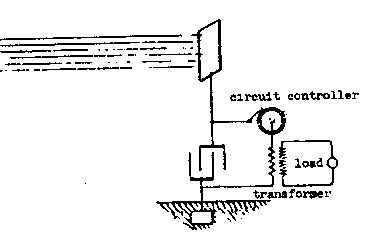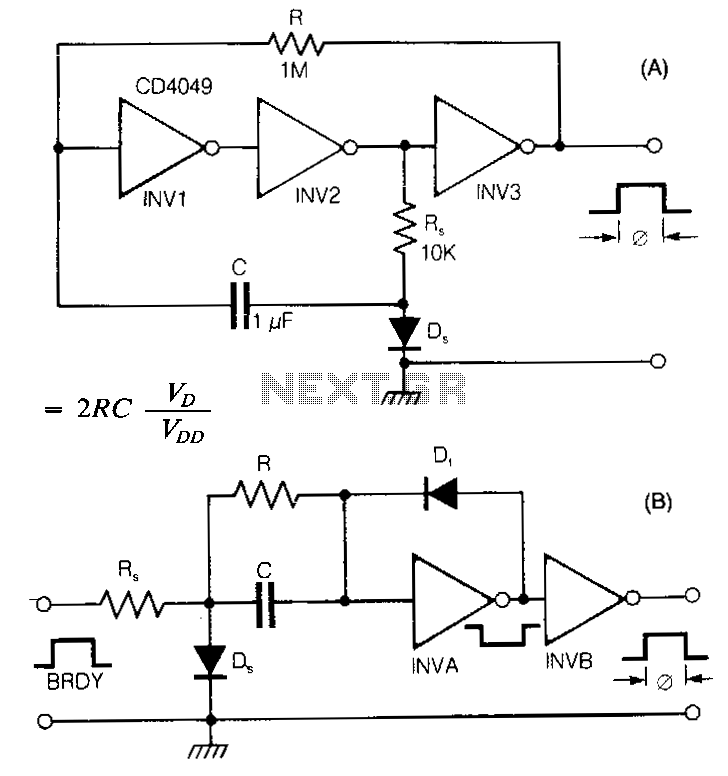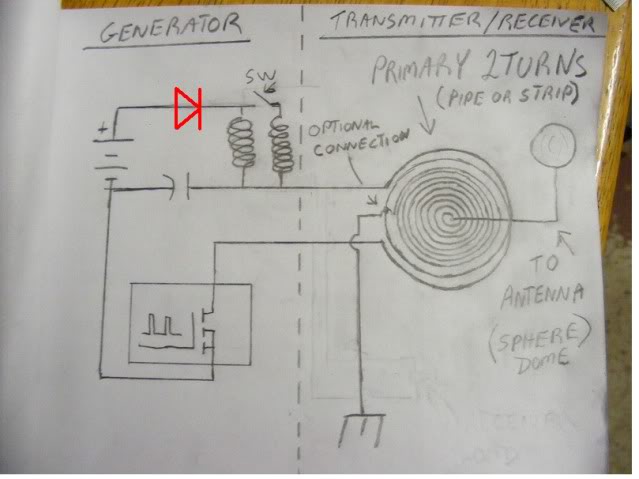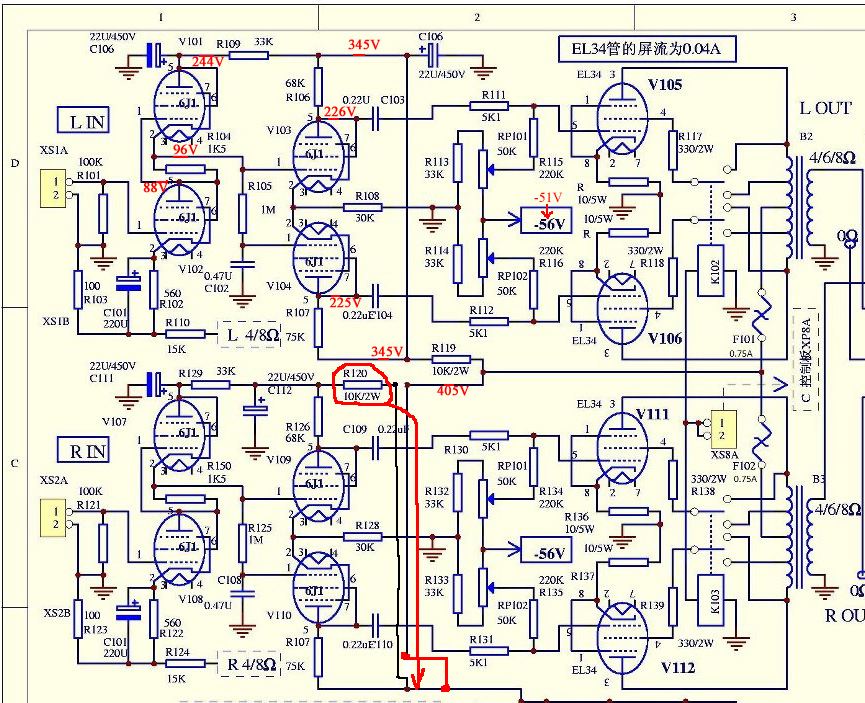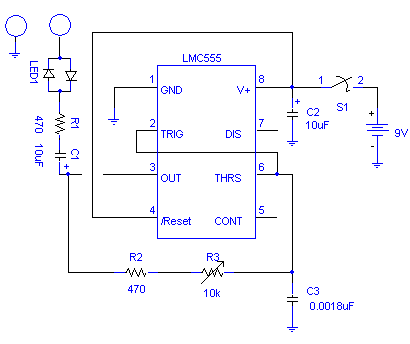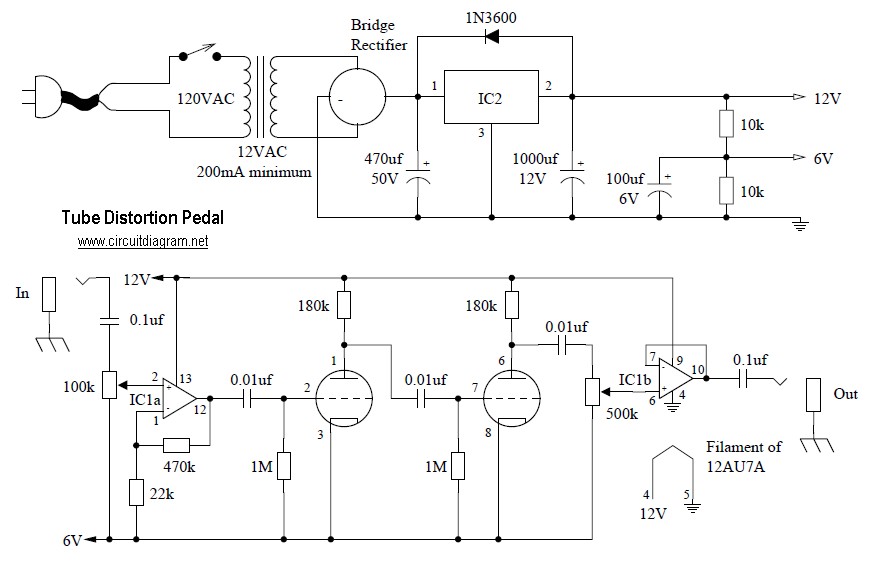
Small Vacuum tube Tesla coil (VTTC)
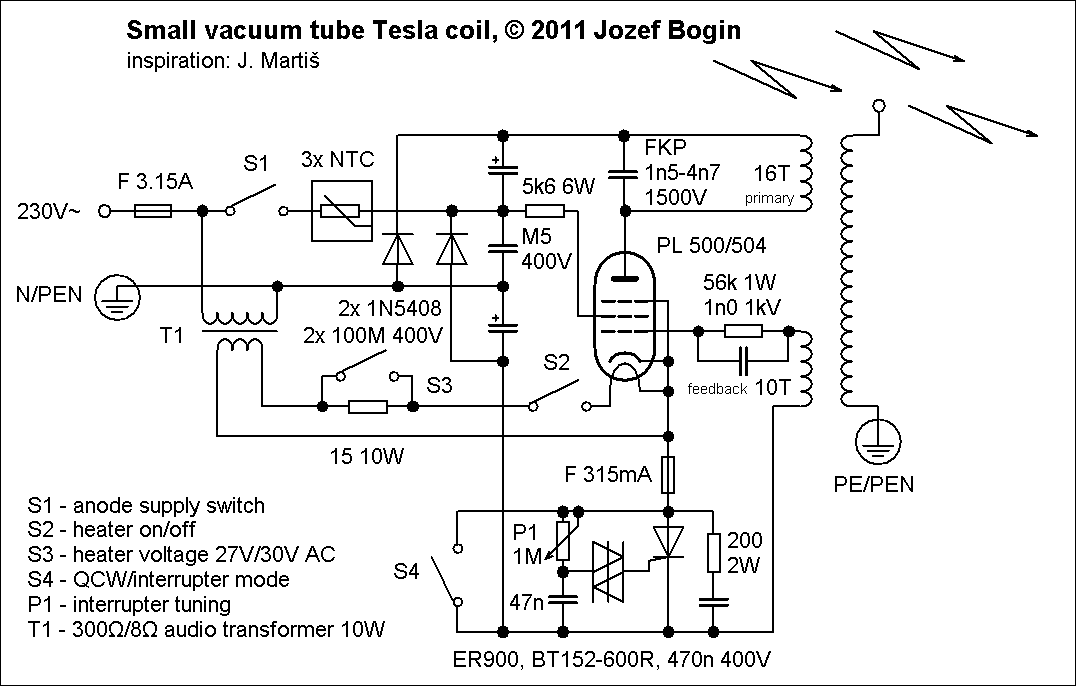
To complement flyback drivers, X-rays, and other high-voltage applications, a decision has been made to construct a Tesla coil. Due to residing in a flat, there is limited space for accommodating and operating large coil designs, not to mention concerns regarding interference. Therefore, a compact and portable setup has been chosen. There was a consideration regarding which topology to select. Nikola Tesla's original spark gap Tesla coil offers advantages at high input powers, while transistorized (solid-state) Tesla coils require a robust driving circuit and are more susceptible to failure. However, as electronic components were sourced from black and white tube television sets during the construction of this coil, the vacuum tube Tesla coil (VTTC) design was selected. Vacuum tubes are generally reliable and durable at high voltages and do not necessitate specialized driver circuits. The core of almost every VTTC is a class C Hartley oscillator. The anode supply is derived from the mains through a non-standardly wired multiplier to enhance peak-to-peak voltage. For power output, a parallel connection of several foil capacitors rated at 0.5 µF is utilized as the resonant capacitor. To improve efficiency and reduce input current draw, a thyristor (SCR)-based interrupter circuit is employed, which, when properly tuned, can produce sword-like streamers up to 7 cm in length. The tube used in this setup originates from the horizontal deflection circuitry of a black and white television set. A PL500 tube manufactured by RFT is being utilized, although similar pentode tubes like PL36 (EL36) or PL504 can also be employed. These tubes were commonly used in European black and white televisions during the 1960s and 1970s. Additionally, if a PL509, EL509, or the Soviet equivalent 6P45S is available, it is possible to achieve streamers of 20 cm using a microwave oven transformer supply and a suitable resonant capacitor. A fuse is included in the cathode connection to address potential issues with certain PL504 tubes. If mistuned (with insufficient or excessive feedback turns), the circuit may abruptly stop oscillating and draw a significant inrush current, which can damage the thin internal cathode connection, rendering the tube inoperable. To mitigate this risk, a 300-400 mA fast fuse should be installed in series with the cathode. If this issue occurs, adjusting the number of primary/feedback turns, typically by adding more feedback turns, can resolve the situation.
The VTTC circuit operates by utilizing a class C Hartley oscillator, which is a common configuration for generating high-voltage outputs. The oscillator consists of a tank circuit formed by the resonant capacitor and the primary winding of the transformer, which resonates at a specific frequency determined by these components. The use of a non-standard multiplier for the anode supply enhances the voltage available for the oscillator, allowing for higher peak voltages necessary for effective operation.
The thyristor-based interrupter plays a crucial role in modulating the output of the Tesla coil. By controlling the timing of the discharge through the primary winding, the interrupter can create a staccato effect, which increases the efficiency of energy transfer to the secondary winding and enhances the length of the output streamers. This tuning process is critical and requires careful adjustment to achieve optimal performance.
The choice of vacuum tubes such as the PL500, PL36, or PL504 is significant due to their ability to handle high voltages and currents reliably. These tubes are designed to operate in high-stress environments typical of television deflection circuits, making them suitable for the demands of a Tesla coil. The inclusion of a fuse in the cathode connection is a prudent safety measure, protecting the tube from potential damage due to misconfiguration or tuning errors.
In summary, this portable Tesla coil design exemplifies a balance between functionality and safety, making it an effective choice for experimentation with high-voltage applications in constrained environments. The careful selection of components and circuit design principles ensures reliable operation and the potential for impressive electrical output.To go along with flyback drivers, X-rays and other high voltage stuff, I have decided to build myself a Tesla coil. Because I live in a flat though, there would be no place to accomodate and run monstrous coil designs, not mentioning interference, so that is the reason why I`ve opted for small and sweet portable setups like this one is.
Behold! I had been in a dilemma in which topology should I`ve went for. Nikola Tesla`s original creation the spark gap Tesla coil has its advantages at high input powers; transistorized (solid-state) Tesla coils need a good driving circuit and are more prone to failure, but since at the time I had been making this coil one of my sources for obtaining electronic parts were black and white tube television sets; I have chosen the vacuum tube (VTTC) design, as vacuum tubes are mostly foolproof and sturdy at high voltages and don`t need special driver circuits. The basis for almost every VTTC is a class C-Hartley oscillator. Here, the anode supply is obtained from mains through a multiplier wired in a bit non-standard way, to increase peak-to-peak voltage.
At this power output, the resonant capacitor is nothing unusual; a parallel connection of a few nice foil ones rated 0n5 is going to do the trick. To increase efficiency and decrease input current draw, there`s a thyristor (SCR)-based interrupter (staccato) circuit, which when properly tuned gives sword-like streamers double in length (7 cm) !
The tube which is used in my setup comes from a horizontal deflection circuitry of a B&W television set. I`m using a PL500 made by RFT, but with any similar pentode tubes like PL36 (EL36), PL504 you`re good to go.
These were extensively used in every European black and white televisions through the 60s-70s. However if you happen to have a PL509, EL509 or its Soviet equivalent 6P45S, it is easy to get 20 cm streamers with a microwave oven transformer supply and a good resonant cap. You might have noticed a fuse in the cathode connection, as presented in the above schematic. Well, this circuit has some unfortunate consequences with some PL504s: when mistuned (too little or too many feedback turns), sometimes the circuit abruptly stops oscillating and grabs a huge inrush current which ruptures the thin internal cathode connection, rendering the tube useless.
To prevent this (if this would ever happen to you), install a 300-400 mA fast fuse in series with your cathode. After this happens, you need to tinker with the number of primary/feedback turns, usually adding more feedback turns solves the situation.
🔗 External reference
The VTTC circuit operates by utilizing a class C Hartley oscillator, which is a common configuration for generating high-voltage outputs. The oscillator consists of a tank circuit formed by the resonant capacitor and the primary winding of the transformer, which resonates at a specific frequency determined by these components. The use of a non-standard multiplier for the anode supply enhances the voltage available for the oscillator, allowing for higher peak voltages necessary for effective operation.
The thyristor-based interrupter plays a crucial role in modulating the output of the Tesla coil. By controlling the timing of the discharge through the primary winding, the interrupter can create a staccato effect, which increases the efficiency of energy transfer to the secondary winding and enhances the length of the output streamers. This tuning process is critical and requires careful adjustment to achieve optimal performance.
The choice of vacuum tubes such as the PL500, PL36, or PL504 is significant due to their ability to handle high voltages and currents reliably. These tubes are designed to operate in high-stress environments typical of television deflection circuits, making them suitable for the demands of a Tesla coil. The inclusion of a fuse in the cathode connection is a prudent safety measure, protecting the tube from potential damage due to misconfiguration or tuning errors.
In summary, this portable Tesla coil design exemplifies a balance between functionality and safety, making it an effective choice for experimentation with high-voltage applications in constrained environments. The careful selection of components and circuit design principles ensures reliable operation and the potential for impressive electrical output.To go along with flyback drivers, X-rays and other high voltage stuff, I have decided to build myself a Tesla coil. Because I live in a flat though, there would be no place to accomodate and run monstrous coil designs, not mentioning interference, so that is the reason why I`ve opted for small and sweet portable setups like this one is.
Behold! I had been in a dilemma in which topology should I`ve went for. Nikola Tesla`s original creation the spark gap Tesla coil has its advantages at high input powers; transistorized (solid-state) Tesla coils need a good driving circuit and are more prone to failure, but since at the time I had been making this coil one of my sources for obtaining electronic parts were black and white tube television sets; I have chosen the vacuum tube (VTTC) design, as vacuum tubes are mostly foolproof and sturdy at high voltages and don`t need special driver circuits. The basis for almost every VTTC is a class C-Hartley oscillator. Here, the anode supply is obtained from mains through a multiplier wired in a bit non-standard way, to increase peak-to-peak voltage.
At this power output, the resonant capacitor is nothing unusual; a parallel connection of a few nice foil ones rated 0n5 is going to do the trick. To increase efficiency and decrease input current draw, there`s a thyristor (SCR)-based interrupter (staccato) circuit, which when properly tuned gives sword-like streamers double in length (7 cm) !
The tube which is used in my setup comes from a horizontal deflection circuitry of a B&W television set. I`m using a PL500 made by RFT, but with any similar pentode tubes like PL36 (EL36), PL504 you`re good to go.
These were extensively used in every European black and white televisions through the 60s-70s. However if you happen to have a PL509, EL509 or its Soviet equivalent 6P45S, it is easy to get 20 cm streamers with a microwave oven transformer supply and a good resonant cap. You might have noticed a fuse in the cathode connection, as presented in the above schematic. Well, this circuit has some unfortunate consequences with some PL504s: when mistuned (too little or too many feedback turns), sometimes the circuit abruptly stops oscillating and grabs a huge inrush current which ruptures the thin internal cathode connection, rendering the tube useless.
To prevent this (if this would ever happen to you), install a 300-400 mA fast fuse in series with your cathode. After this happens, you need to tinker with the number of primary/feedback turns, usually adding more feedback turns solves the situation.
🔗 External reference
